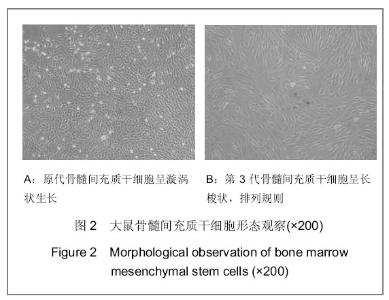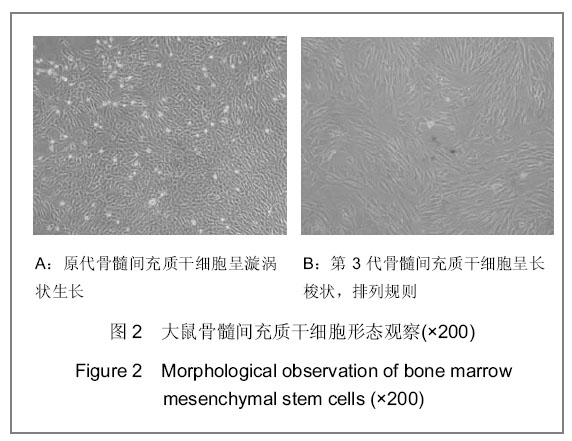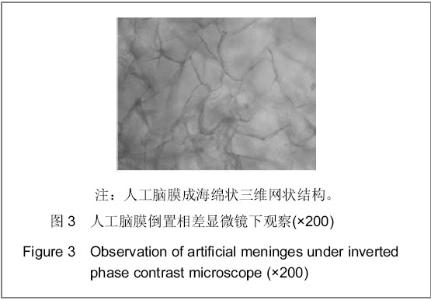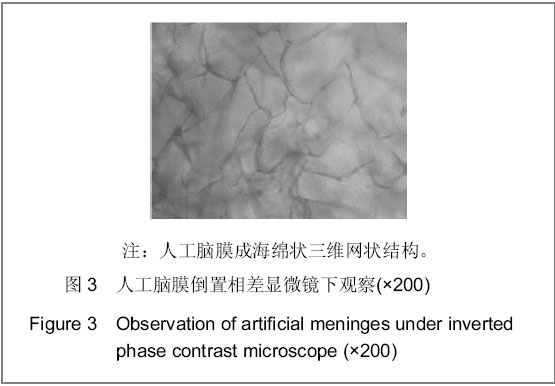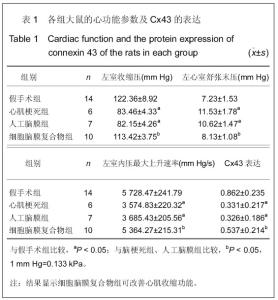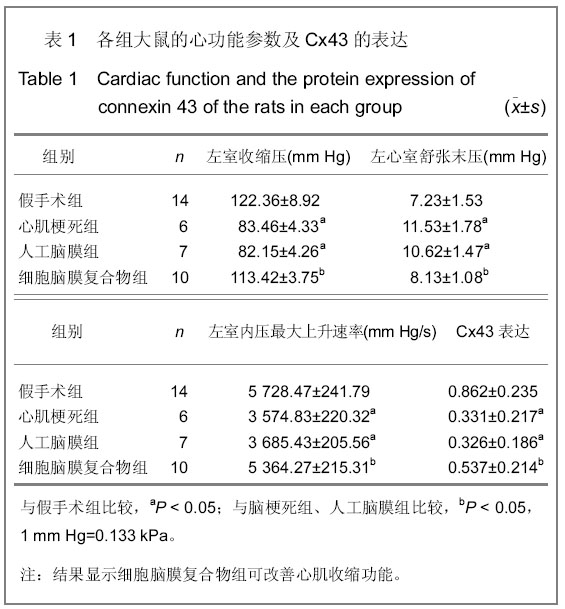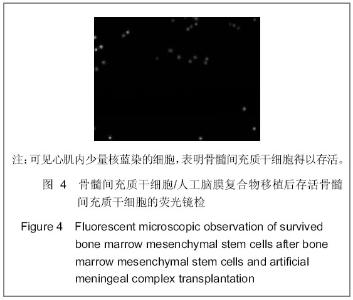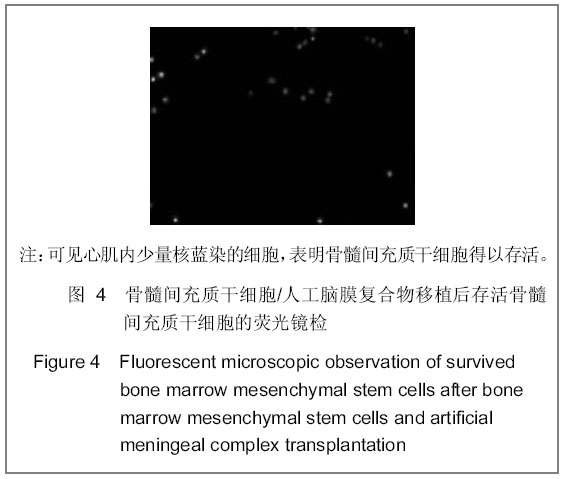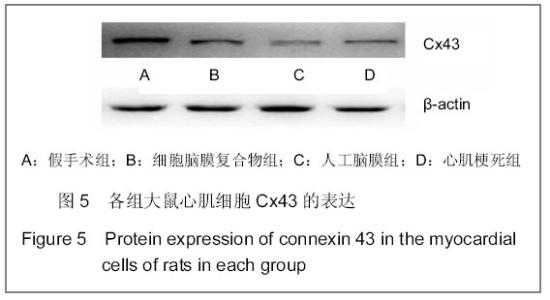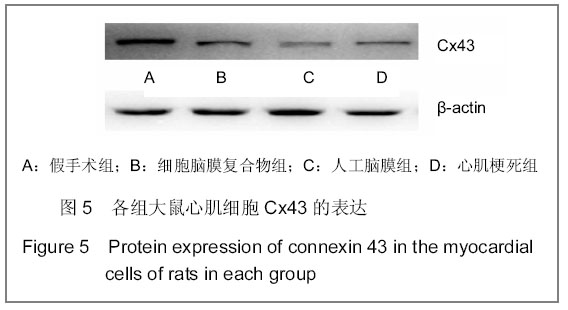| [1] Charwat S, Gyöngyösi M, Lang I, et al. Role of adult bone marrow stem cells in the repair of ischemic myocardium: current state of the art. Exp Hematol. 2008;36(6):672-680. [2] Giraud MN, Armbruster C, Carrel T, et al. Current state of the art in myocardial tissue engineering. Tissue Eng. 2007;13(8): 1825-1836.[3] Jawad H, Lyon AR, Harding SE, et al. Myocardial tissue engineering. Br Med Bull. 2008;87:31-47.[4] Ott HC, Matthiesen TS, Goh SK, et al. Perfusion-decellularized matrix: using nature's platform to engineer a bioartificial heart.Nat Med. 2008;14(2):213-221.[5] Ke Q, Yang Y, Rana JS, et al. Embryonic stem cells cultured in biodegradable scaffold repair infarcted myocardium in mice. Sheng Li Xue Bao. 2005;57(6):673-681.[6] Fukuhara S, Tomita S, Nakatani T, et al. Bone marrow cell-seeded biodegradable polymeric scaffold enhances angiogenesis and improves function of the infarcted heart. Circ J. 2005;69(7):850-857.[7] Lu WN, Lü SH, Wang HB, et al. Functional improvement of infarcted heart by co-injection of embryonic stem cells with temperature-responsive chitosan hydrogel. Tissue Eng Part A. 2009;15(6):1437-1447.[8] Chu DW, Wang W, Chen L, et al. Zhongguo Zuzhi Gongcheng Yanjiu yu Linchuang Kangfu. 2009;13(42):8248-8252.初殿伟,王玮,陈立,等.兔骨髓间充质干细胞/壳聚糖-胶原支架复合体构建软骨组织工程支架[J].中国组织工程研究与临床康复, 2009,13(42):8248-8252.[9] Zhuo LS, Gao YH, Xu YL, et al. Linchuang Chaosheng Yixue Zazhi. 2009;11(9):577-580.卓丽莎,高云华,徐亚丽,等.大鼠心肌梗死模型的建立与评价[J]. 临床超声医学杂志,2009,11(9):577-580.[10] Leor J, Gerecht S, Cohen S, et al.Human embryonic stem cell transplantation to repair the infarcted myocardium. Heart. 2007; 93(10):1278-1284.[11] Robey TE, Saiget MK, Reinecke H, et al. Systems approaches to preventing transplanted cell death in cardiac repair. J Mol Cell Cardiol. 2008;45(4):567-581.[12] Chen P, Xing WH, Li XH. Zhongguo Zuzhi Gongcheng Yanjiu yu Linchuang Kangfu. 2009;73(47):9334-9336.陈平,邢万红,李新华. 心肌组织工程支架材料:从研究到应用还有多远?[J]. 中国组织工程研究与临床康复,2009,73(47): 9334-9336.[13] Iwakura A, Tabata Y, Tamura N, et al. Gelatin sheet incorporating basic fibroblast growth factor enhances healing of devascularized sternum in diabetic rats. Circulation. 2001; 104(12 Suppl 1):1325-1329.[14] Wollert KC, Drexler H. Mesenchymal stem cells for myocardial infarction: promises and pitfalls. Circulation. 2005; 112(2):151-153.[15] Zhang M, Mal N, Kiedrowski M, et al. SDF-1 expression by mesenchymal stem cells results in trophic support of cardiac myocytes after myocardial infarction. FASEB J. 2007;21(12): 3197-3207. [16] Nishida S, Nagamine H, Tanaka Y, et al. Protective effect of basic fibroblast growth factor against myocyte death and arrhythmias in acute myocardial infarction in rats. Circ J. 2003; 67(4):334-339.[17] Hamano K, Li TS, Kobayashi T, et al. Angiogenesis induced by the implantation of self-bone marrow cells: a new material for therapeutic angiogenesis. Cell Transplant. 2000;9(3): 439-443.[18] Zhou HY, Qiu HY, Lu JB, et al. Zhongguo Zuzhi Gongcheng Yanjiu yu Linchuang Kangfu. 2010;14(19):3431-3435.周浩粤,邱汉婴,卢炯斌,等.兔骨髓间充质干细胞体外心肌样细胞诱导分化:缝隙连接蛋白43的表达变化[J].中国组织工程研究与临床康复,2010,14(19):3431-3435. |
